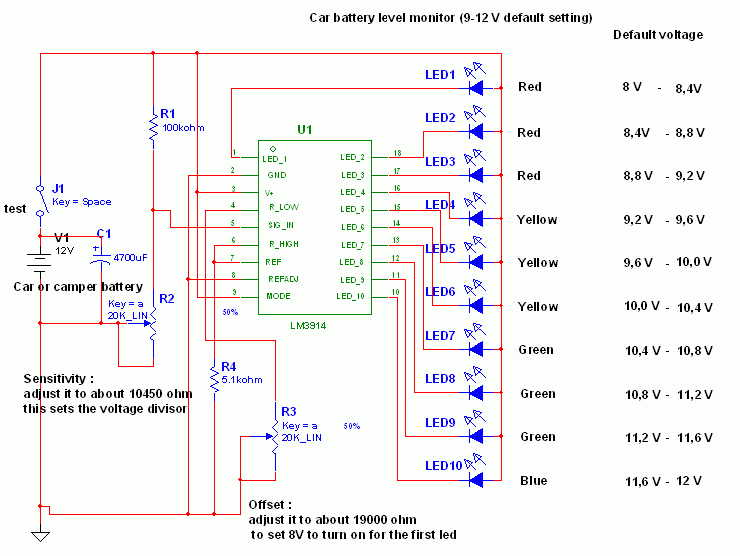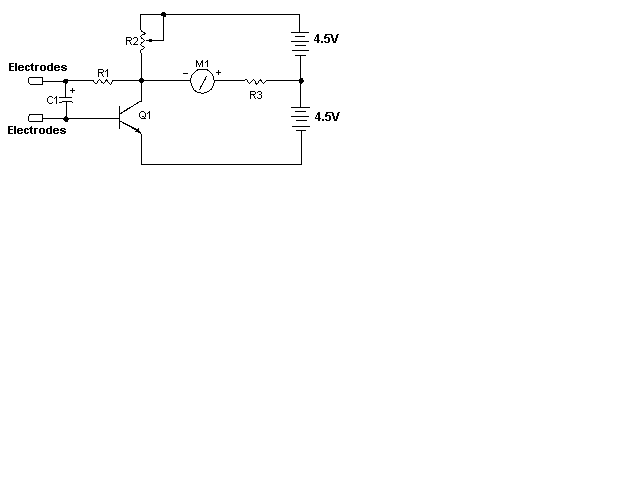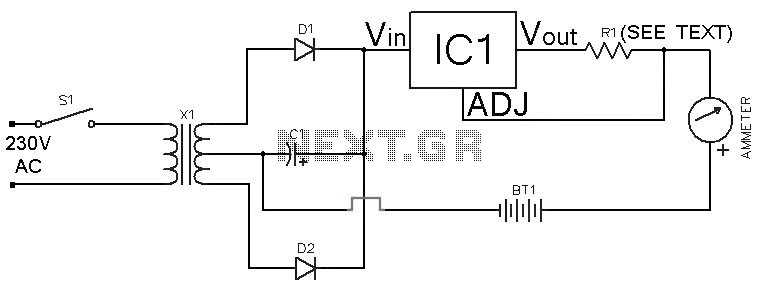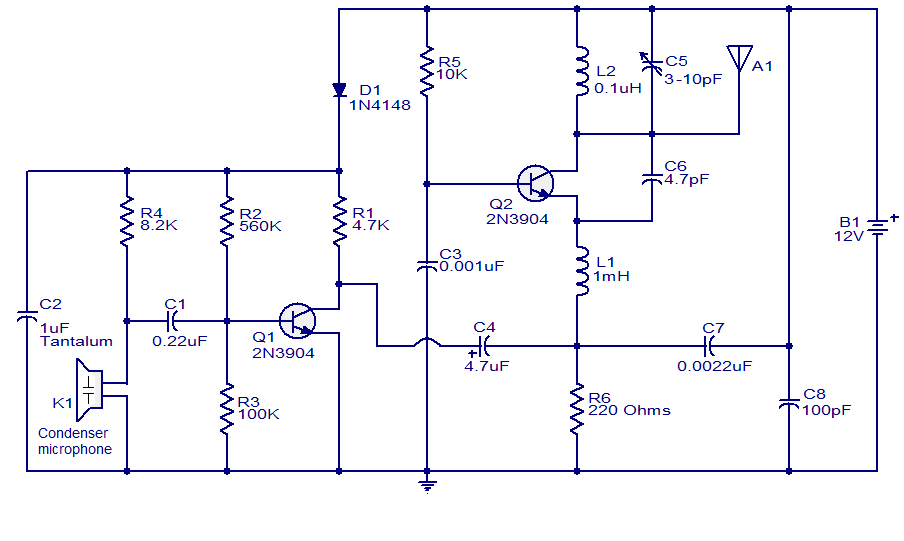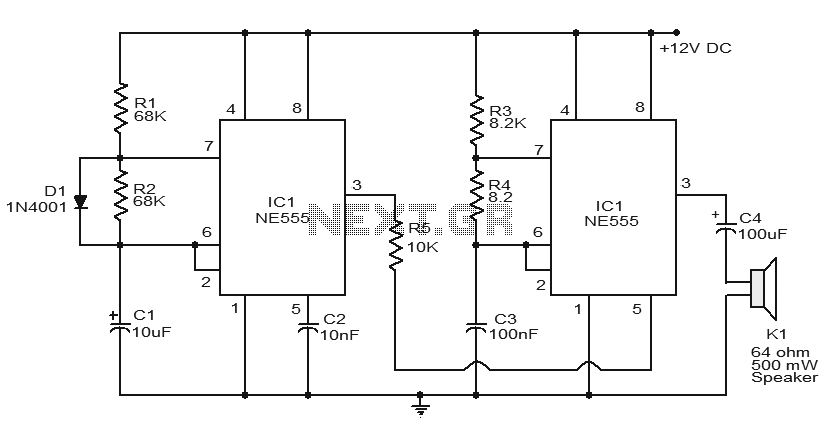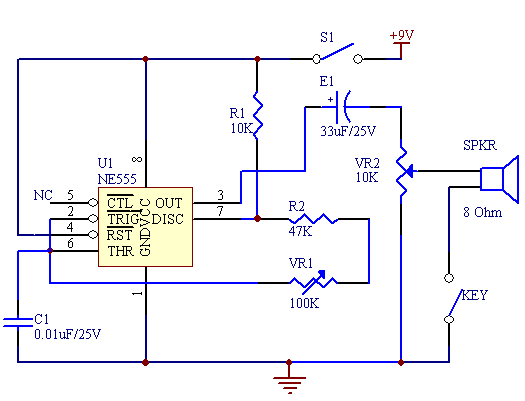
simple lamp dimmer 220v using triac

A very simple dimmer circuit with only the essentials. In this circuit, the values are given for a BT138 at 220V AC. For 115V AC, experimentation with values may be necessary. R1 can vary from one triac to another; it is recommended to use a 220K ohm trimmer in its place for adjustment. After adjustment, measure the result and replace the trimmer with a standard resistor of the same value.
The described dimmer circuit utilizes a BT138 triac, which is designed to control the power delivered to a load, such as a lamp, by varying the phase angle of the AC waveform. This circuit is particularly simple, containing only the essential components required for dimming functionality.
The circuit operates by using a resistive element (R1), which is crucial for triggering the triac. The value of R1 may differ between various triac models, necessitating the use of a variable resistor, specifically a 220K ohm trimmer, during the initial setup phase. This trimmer allows for fine-tuning of the circuit to achieve the desired dimming effect. Once the optimal setting is determined through measurement, the trimmer should be replaced with a fixed resistor of the same value to maintain stability and reliability in operation.
The dimmer circuit is designed to function at 220V AC, but adjustments may be required for operation at 115V AC. This may involve changing the values of other components in the circuit to ensure proper functionality and safety at lower voltages. It is crucial to ensure that all components are rated for the voltage and current levels present in the application to avoid potential hazards.
In summary, this simple dimmer circuit exemplifies a basic yet effective method of controlling the brightness of incandescent lamps using a triac. Proper component selection and adjustments are key to achieving optimal performance in various voltage applications.A very simple dimmer circuit with only the essentials. (In this circuit, the values are given for a BT138 at 220V AC, for 115V AC you may have to experiment with the values. ) R1 can vary from one triac to another, put a 220K © trimmer in its place and adjust. After adjustment, measure the result and replace the trimmer with an ordinary resistor of the same value. 🔗 External reference
The described dimmer circuit utilizes a BT138 triac, which is designed to control the power delivered to a load, such as a lamp, by varying the phase angle of the AC waveform. This circuit is particularly simple, containing only the essential components required for dimming functionality.
The circuit operates by using a resistive element (R1), which is crucial for triggering the triac. The value of R1 may differ between various triac models, necessitating the use of a variable resistor, specifically a 220K ohm trimmer, during the initial setup phase. This trimmer allows for fine-tuning of the circuit to achieve the desired dimming effect. Once the optimal setting is determined through measurement, the trimmer should be replaced with a fixed resistor of the same value to maintain stability and reliability in operation.
The dimmer circuit is designed to function at 220V AC, but adjustments may be required for operation at 115V AC. This may involve changing the values of other components in the circuit to ensure proper functionality and safety at lower voltages. It is crucial to ensure that all components are rated for the voltage and current levels present in the application to avoid potential hazards.
In summary, this simple dimmer circuit exemplifies a basic yet effective method of controlling the brightness of incandescent lamps using a triac. Proper component selection and adjustments are key to achieving optimal performance in various voltage applications.A very simple dimmer circuit with only the essentials. (In this circuit, the values are given for a BT138 at 220V AC, for 115V AC you may have to experiment with the values. ) R1 can vary from one triac to another, put a 220K © trimmer in its place and adjust. After adjustment, measure the result and replace the trimmer with an ordinary resistor of the same value. 🔗 External reference
